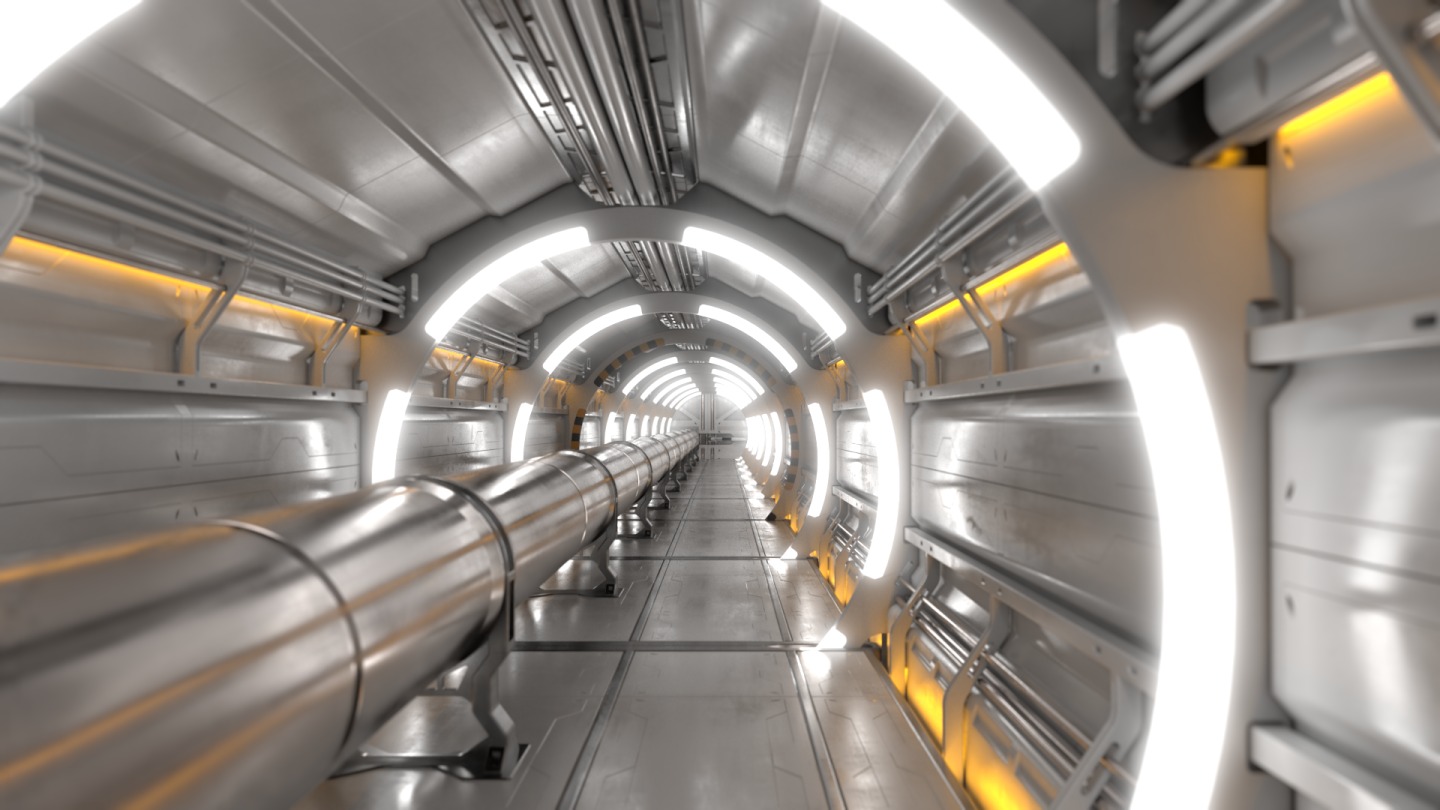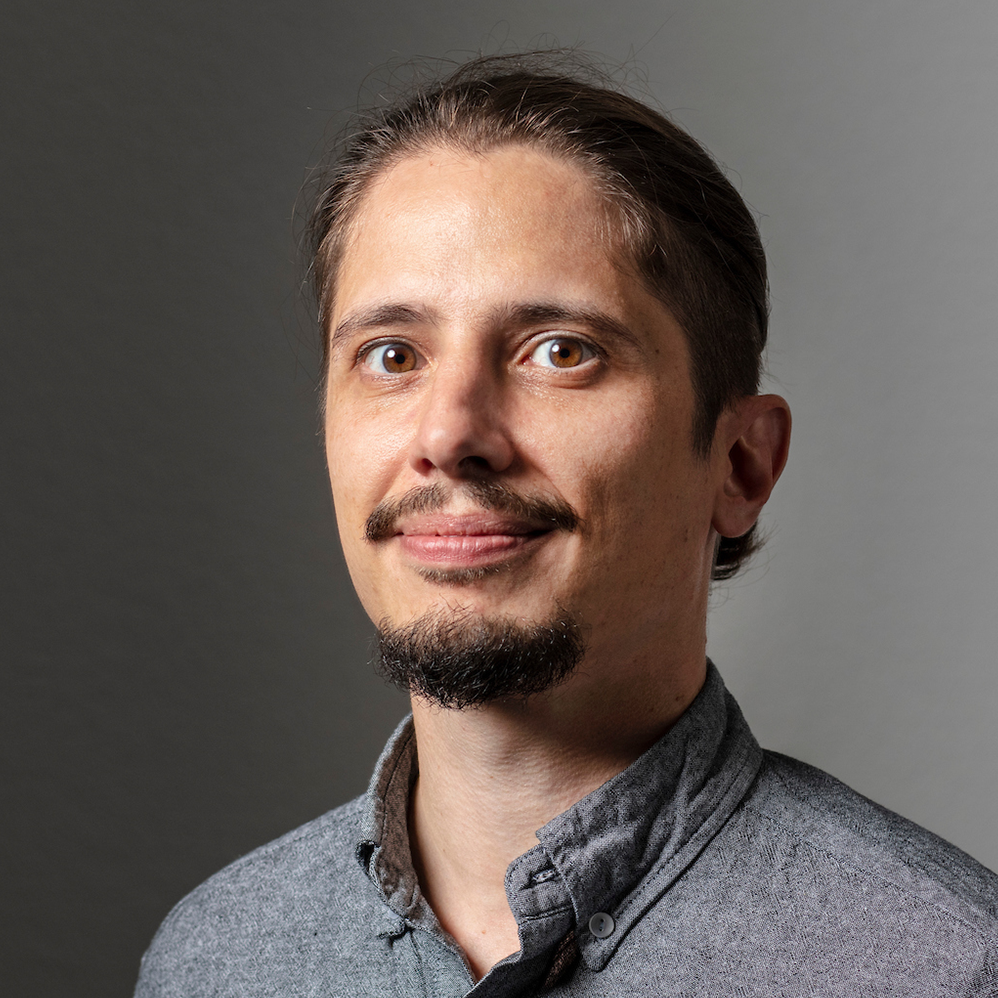
Former CERN head has served science and peace for 100 years

He is the grandfather of the world’s most powerful particle accelerator, helped promote peace through a Middle Eastern science hub, and has his qualms about the Nobel Prize. If former CERN director Herwig Schopper has learned anything during his 100 years on Earth, it’s that breakthroughs only happen when we work together.
How many centenarians have had face-to-face discussions with countless heads of state and religious leaders, made possible several major scientific discoveries and diplomatic collaborations, and asked you to confirm by email the time of an interview because “their schedule is filling up fast”?
When we arrive in the Geneva countryside and sit down with German physicist Herwig Schopper, whose eyes still sparkle with energy and curiosity, it quickly becomes clear that a century of life experience also teaches you how to tell an entertaining story.
To list all the achievements and adventures Herwig Schopper experienced in his hundred years of life in a short article is impossible, as shown by his dense biography recently published by Springer and available in open accessExternal link.
Watch: Herwig Schopper talks about the World Wide Web and his meetings with Margaret Thatcher and Pope John Paul II:
‘Two jobs for one salary’
In 1981, when Schopper took the helm of the European Centre for Nuclear Research (CERN), he first had to tackle the basics: money. He restructured the laboratory’s financial system by introducing a fixed annual budget and funding experiments through member countries. He was also the organisation’s first director general, assuming the workload of what had been two separate positions.
“I often complained that I had to do the work of two director generals,” he recalls.
Schopper then helped bring about one of the most ambitious scientific projects of all time: the construction of the 27-kilometre underground circular tunnel that would house the Large Electron-Positron Collider (LEP). It would later house the Large Hadron Collider (LHC), today the world’s most powerful particle accelerator and the most sophisticated machine ever created. Scientists are using it to learn about the fundamental particles that make up the universe. The last such particle discovered was the Higgs boson in 2012.
The Nobel problem
Closest to Schopper’s heart is another particle discovery: that of the W and Z bosons.
Confirmation of their existence came about through the UA1 experiment, conceived and directed by Italian physicist Carlo Rubbia. The international experiment “brought together about 200 people”, Schopper recalls, pointing out that this was revolutionary compared to the small research groups of a dozen people that had previously defined high-energy physics.
For our benefit, he does not go into too much technical detail. He simply explains that the discovery of the W and Z bosons confirmed the presence of so-called weak nuclear interactions, one of the forces underlying the standard models of quantum physics. “It’s one of the most important forces in nature, without which there would be no energy production in the Sun and we would not have sunlight,” he says.
Rubbia won the Nobel Prize just a year after the groundbreaking results were published, along with Simon van der Meer, who invented the method to get a sufficient amount of collisions allowing for the particles’ detection.
When a Nobel delegation approached Schopper to inform him of the decision, he was pleased but felt the prize should have highlighted the collective effort of hundreds of people involved in the experiment. But Alfred Nobel’s will stipulates that a maximum of three people can be honoured with his namesake prize.
“It’s not appropriate in this day and age to limit such a prestigious prize to only three people because not only in particle physics, but also in other areas of science, cooperation is essential.”
Herwig Schopper
That’s why Schopper believes the Nobel Prize is no longer in line with the development of modern science. “It’s not appropriate in this day and age to limit such a prestigious prize to only three people because not only in particle physics, but also in other areas of science, cooperation is essential,” he says.
Open SESAME!
Collaboration is one of the pillars on which CERN was founded, the other being the creation of a hub of scientific excellence capable of competing with the United States. True collaboration required bringing together countries that, until a few years previously, had still been at war with each other. “Science for peace, as it was called in those days,” Schopper recalls.
Schopper internalised CERN’s mission of collaboration as few others would. When he left the centre’s directorship in 1988, he continued to work in the field that is now called science diplomacy.
“I wanted to use CERN’s reputation and success to help bring countries together,” he says.
His first initiative materialised in Jordan in 2017 with the opening of the lab known as SESAME, “the word that opens doors in One Thousand and One Nights”, Schopper explains. He insisted on a name that meant something in different cultures instead of “an acronym like CERN where no one knows what it means”, he says with a smile. (SESAME also stands for something: Synchrotron-Light for Experimental Science and Applications in the Middle East).
Under the patronage of UNESCO, SESAME and its particle accelerator function under the same model as CERN, with one scientist and one government representative from each of the member countries on its governing body.
Currently the member countries are Jordan, Cyprus, Egypt, Turkey, Pakistan, Iran, Israel and the Palestinian Authority. Yes, you read that correctly. Schopper says SESAME is the only organisation where he has been able to see representatives of Israel and Iran sitting around the same table peacefully discussing project issues.
“Believe it or not, even with today’s difficulties in the Middle East, this workshop still exists,” he says. “There are all kinds of problems because of the political situation, but doing physics and working together peacefully works.”
A Balkan physics hub
Schopper hopes to achieve similar results through his other major project: the construction of a technology and science research centre in the Balkan region, not exactly known for good neighbourly relations.
Confronted with the problem of finding an umbrella organisation to sponsor the project, as the UN’s culture office UNESCO did for SESAME, Schopper turned to Switzerland. In doing so, he recalled the country’s long tradition of multilateralism, with the founding of organisations such as the Red Cross. Over lunch in 2019, Swiss Foreign Minister Ignazio Cassis agreed to lend a hand.
Switzerland’s foreign ministry set about facilitating discussions among Balkan states that could one day lead to the creation of – perhaps to Schopper’s chagrin – another scientific collaboration with a not-so-elegant acronym: SEEIISTExternal link, or the South East European International Institute for Sustainable Technologies.
“A competing CERN project to build a particle accelerator in Texas failed because it was in the middle of a desert. Who wants to go and live in a desert?”
Herwig Schopper
‘Physicists are human beings’
Schopper also appreciates Switzerland for the role that Geneva has played in enabling scientific collaboration at CERN. He says that those who chose Geneva as CERN’s home could never have predicted the importance of that decision.
The city’s good connections and central location are an advantage, Schopper says. But even more important are Geneva’s “magnificent” cultural environment, the lake, the mountains, and its international character.
“After all, physicists are also human beings with families,” he points out, adding that “a competing CERN project to build a particle accelerator in Texas failed because it was in the middle of a desert. Who wants to go and live in a desert?”
Web and future colliders
Geneva’s advantageous location is one of the arguments that CERN’s current director, Italy’s Fabiola Gianotti, may leverage to move forward construction of the new Future Circular Collider (FCC), a mammoth particle accelerator in a 91-kilometre underground tunnel that will allow a sevenfold increase of the collision energies of the LHC.

More
‘Momentum building’ around CERN’s next particle collider
Schopper is closely following the project’s developments, which remind him of the obstacles he had to overcome when building the LEP some 40 years ago.
The most difficult challenge, he says, is explaining what benefits fundamental research can offer society. It will take decades before it shows results, let alone a product that can be commercialised. There is one perfect example, he says: the World Wide Web.
The seed from which the modern-day internet developed was conceived in the 1980s to facilitate CERN’s work to transfer data from experiments to universities around the world more efficiently.
When Tim Berners-Lee, the creator of the World Wide Web, approached Schopper to tell him about his invention and perhaps patent it in CERN’s name, the director sought all the expert opinions he could.
“I asked in Geneva, in Brussels,” he recalls. “They all said, ‘No, it’s an interesting network only for you physicists.’” Schopper told Berners-Lee that he could do what he liked with his invention.
“Eventually, he went to the United States, where they were smart enough to commercialise it,” Schopper says.
Today, the former CERN director doesn’t seem upset by the oversight. What matters to him after 100 years of life experience is something else.
“Without science, what would we tell our children? That the Earth is about 4,000 years old, that the Sun moves around it,” he says. “What is being done and has been done at CERN for the last 50 to 60 years, on the other hand, will be taught in schools very soon.”
Edited by Sabrina Weiss and Veronica DeVore/ts
Do you want to read our weekly top stories? Subscribe here.

In compliance with the JTI standards
More: SWI swissinfo.ch certified by the Journalism Trust Initiative
















![The four-metre-long painting "Sonntag der Bergbauern" [Sunday of the Mountain Farmers, 1923-24/26] had to be removed by a crane from the German Chancellery in Berlin for the exhibition in Bern.](https://www.swissinfo.ch/content/wp-content/uploads/sites/13/2025/12/01_Pressebild_KirchnerxKirchner.jpg?ver=855f1d9f)














You can find an overview of ongoing debates with our journalists here . Please join us!
If you want to start a conversation about a topic raised in this article or want to report factual errors, email us at english@swissinfo.ch.